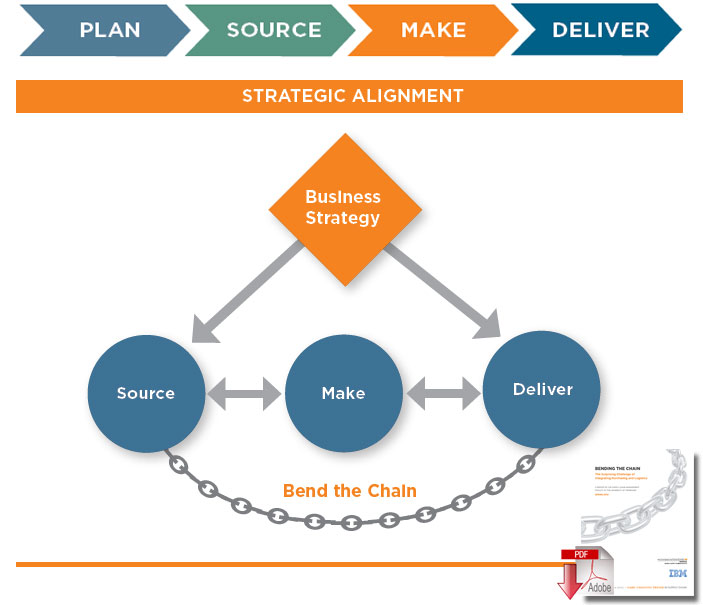Study: Integrating Purchasing, Logistics Yields Better Business Results
Organizations that closely integrate their purchasing and logistics functions deliver better business results, according to a new study from UT’s Global Supply Chain Institute.
The study, involving more than 180 supply chain professionals, also shows that many firms fail to capitalize on this opportunity and have supply chains where purchasing and logistics operate in “silos” with little cohesion.
“Together, purchasing and logistics can account for 70 percent of an organization’s costs and influence 80 percent of its working capital through inventory and accounts payable,” said Ted Stank, UT Bruce Chair of Excellence and one of the study’s authors. “Clearly, purchasing and logistics have a huge impact but often won’t collaborate with each other to make decisions that will positively impact the firm’s overall performance.”
According to the study, metrics that are specific to each function and are used to measure (and reward) performance drive decisions. These are often geared toward short-term financial gain.
The report, “Bending the Chain: The Surprising Challenge of Integrating Purchasing and Logistics,” was sponsored by IBM and is the second in the “Game-Changing Trends in Supply Chain” series from UT’s supply chain faculty.
“When the purchasing and logistics functions are merged together, companies may realize increased levels of functional and financial performance such as greater efficiency, reduced complexity and lower operating expenses, cost of goods sold, and inventory,” said Mike Ray, vice president, business integration and transformation, IBM Integrated Supply Chain. “We hope the best practices in this white paper will help companies to transform and evolve all aspects of their supply chain like IBM did over the past decade.”
High-performing companies are able to bend the chain of plan, source, make, and deliver to enable alignment between purchasing and logistics.
In a key part of the study, respondents (most of whom were purchasing and logistics professionals) acknowledged pitfalls resulting from their lack of collaboration, ranking performances below expectations in areas that required the two groups working together.
Companies surveyed ranged in size from $20 billion to $100 billion and covered a cross-section of industries. Key conclusions are below:
- While purchasing and logistics are both typically found in a supply chain or operations organization, they are disconnected and operate separately.
- Both purchasing and logistics are well aligned to the business unit’s strategy and activities but not nearly as well aligned to each other.
- Despite formal organizational links between purchasing and logistics, their interaction is typically informal and unstructured.
- Maintaining open lines of communication is the most widely used technique to foster integration.
“High-performing companies are able to bend the chain—whose links include planning, sourcing, making, and delivering—to better align the purchasing and logistics functions,” said Stank. “As a result, they are able to serve their customers better.”
The study also highlights the four best practices of supply chain leaders who have successfully integrated their purchasing and logistics groups:
- Fully integrate all of the functions in the supply chain organization and use common metrics throughout
- Create a talented supply chain organization that rewards people for in-depth mastery of a specific functional area as well as a broad range of skills that demonstrate a keen understanding of how the entire supply chain operates
- Create a purchasing and logistics network that uses a decision framework where the overall good of the firm is paramount.
- Utilize effective information systems and work processes that provide multifunctional supply chain teams the proper tools and information to foster superior business results.














